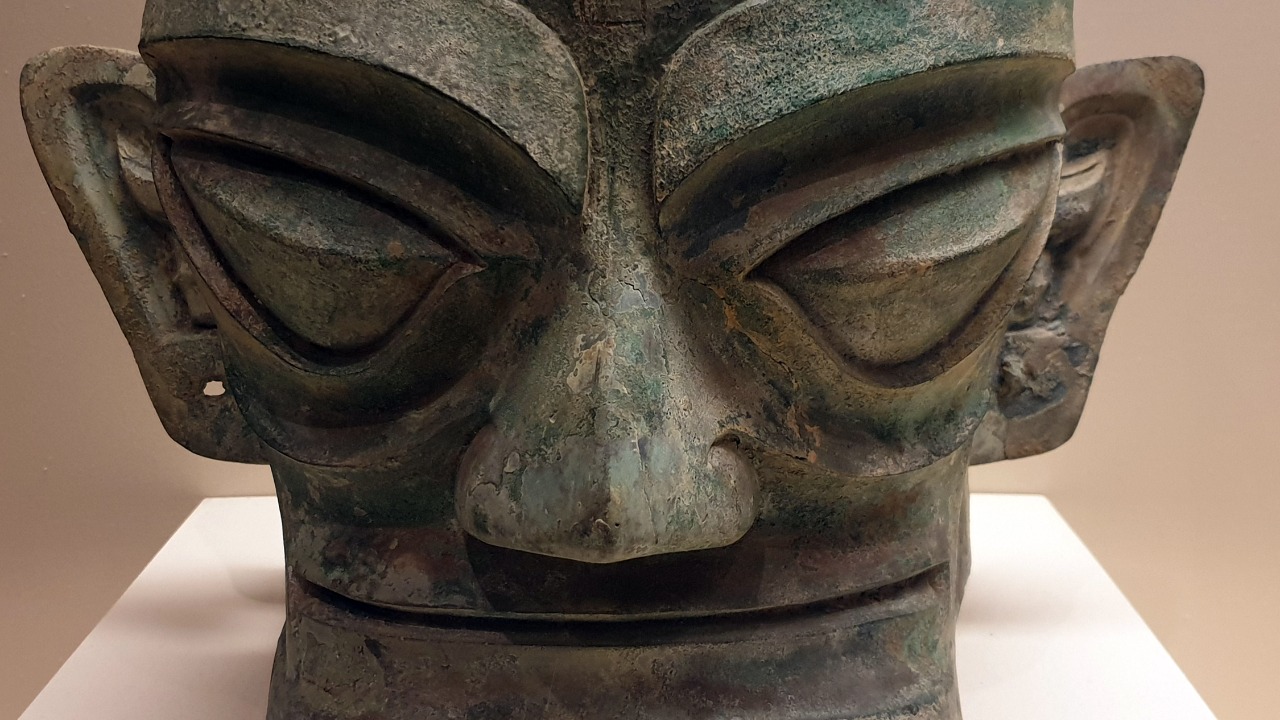
Archaeologists have unearthed a remarkable collection of 5,000-year-old skeleton masks and skull cups crafted from human bones at a Stone Age site in China. This discovery sheds light on how ancient communities repurposed their ancestors’ remains for ritualistic purposes, challenging previous understandings of Neolithic practices in the region. The artifacts, dating back to approximately 3000 BCE, include items made from human crania and post-cranial bones, offering a unique glimpse into the cultural and spiritual lives of these early societies.
Discovery Location and Excavation Details
The artifacts were discovered at a significant archaeological site in China, situated within a Neolithic settlement that provides a rich context for understanding the lives of its ancient inhabitants. The site, characterized by its burial contexts, has yielded a wealth of information about Stone Age communities. The excavation process involved meticulous recovery of the remains, which were found in a burial context associated with the inhabitants from around 5,000 years ago. This careful excavation has allowed researchers to preserve the integrity of the artifacts and gain insights into their original use and significance.
Upon discovery, the bones were in a remarkable state of preservation, which facilitated their initial identification as human-derived artifacts. The condition of these bones has been crucial in allowing archaeologists to study the craftsmanship and usage of the items, providing a clearer picture of the cultural practices of the time. The preservation of these artifacts underscores the importance of the site and the potential for further discoveries that could illuminate the practices of ancient societies in this region.
Artifacts: Skeleton Masks
The skeleton masks, crafted from human crania and post-cranial bones, represent a fascinating aspect of Stone Age ritual practices in China. These masks were carefully constructed, with modifications made to the skulls to create wearable ritual items. The craftsmanship involved in creating these masks indicates a high level of skill and a deep understanding of the materials used. The masks’ physical features suggest they were designed for specific ceremonial purposes, reflecting the cultural and spiritual beliefs of the time.
These masks provide a unique insight into the ways in which ancient communities engaged with their ancestors, using their remains as a means of connecting with the past. The creation of such items from human bones highlights the reverence these societies held for their ancestors, as well as the importance of ritual and ceremony in their daily lives. This practice of crafting masks from human remains is a testament to the complex belief systems and cultural practices that characterized Neolithic China.
Artifacts: Skull Cups
The skull cups discovered at the site were crafted from human crania, serving as vessels for ritualistic purposes among the ancient inhabitants of China. These cups, dating back approximately 5,000 years, exhibit evidence of use-wear, indicating their practical application in ceremonies and rituals. The selection of bones from ancestors for crafting these items underscores the cultural reverence and significance attributed to these artifacts.
The use of skull cups in rituals reflects a broader tradition of ancestor veneration, where the remains of the deceased were repurposed to maintain a connection with the spiritual world. This practice is not unique to China, as similar traditions have been observed in other ancient cultures. However, the specific context and craftsmanship of these skull cups offer a distinct perspective on the cultural practices of Neolithic China, highlighting the unique ways in which these communities engaged with their past.
Cultural and Ritual Significance
The discovery of these masks and cups provides valuable insights into the ancestor veneration practices of Stone Age people in China. These artifacts reflect a deep-seated cultural tradition of honoring the deceased and maintaining a connection with them through ritualistic practices. The use of human bones in crafting these items underscores the importance of ancestors in the spiritual and cultural lives of these communities.
Comparing these artifacts to similar bone-repurposing traditions in other ancient cultures reveals both commonalities and unique aspects of the Chinese context. While the practice of using human remains in rituals is observed globally, the specific methods and purposes of these items in China highlight the distinct cultural and spiritual beliefs of the region. This comparison enriches our understanding of ancient societies and their diverse approaches to ancestor veneration.
Implications for Neolithic Archaeology
The discovery of these artifacts significantly expands our knowledge of ritual behaviors in Neolithic China, offering a new perspective on the cultural practices of the time. The 5,000-year-old timeline of these items provides a crucial reference point for understanding the development of ritualistic traditions in the region. This discovery opens up new avenues for research, including potential future analyses such as dating confirmation and material studies on the human bone artifacts.
These findings also have broader implications for understanding Stone Age societal structures. The crafted items from ancestors’ bones suggest a complex social and spiritual framework, where rituals and ceremonies played a central role in community life. By studying these artifacts, archaeologists can gain insights into the social dynamics and cultural priorities of ancient societies, contributing to a more comprehensive understanding of human history.
For more detailed information on this discovery, visit Live Science.